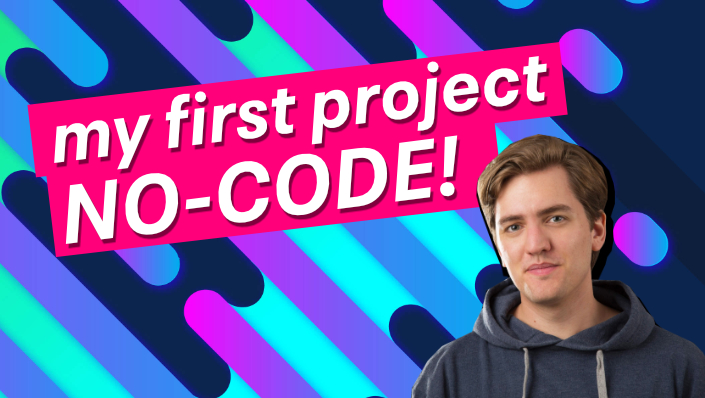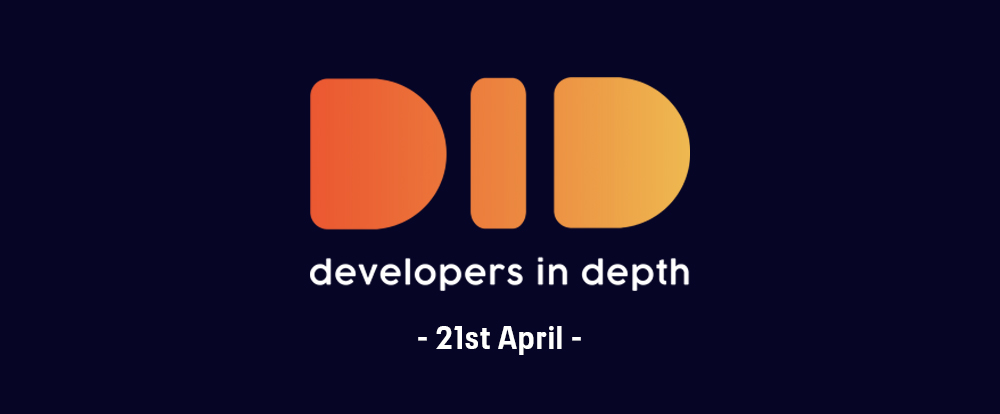This is the second post of the series called The Definitive Guide for Hackathonn – in these chapters you can learn how to get the most out of your next hackathon. In this chapter, you'll learn to choose a winning idea and to set up your dev environment. Let's get started!
All the articles in this series:
- Part 1: Mindset and Team Hunting.
- Part 2: Wow-factor idea and dev environment. (this article)
- Part 3: The first hour, MVCH (minimum viable crap hack) and the social hackathon.
- Part 4: Pitch, Judging and After the Hackathon
Selecting the Idea – Be Original and Choose a Wow-Factor Idea
You have built your dream team – congratulations! However, I have bad news for you. Having a good team is not enough to win. There will be many great teams out there in the hackathon, so what will make you stand out? A wow-factor idea! 😲

What is a wow-factor idea? It’s an idea that solves a very concrete or specific well-known problem with a twist that makes an impact in the audience. How do you know when you have a wow-factor idea? When you can easily explain the problem you are trying to solve and the idea makes you think, “Oh! That’s so smart!”
But how do you find a wow-factor Idea? I’m afraid that there is no silver bullet, but here are some good tips I always like to apply when I attend hackathons:
- 🔍 Seek context: Thanks to Madalina, we won the hackathon at Facebook. The hackathon was about marketing, and Madeline is an expert in the field. We spent one hour the day before the hackathon to talk about different problems in the industry, and try to understand the main pain points of the clients. Madeline gave us a lot of context and helped us focus our brainstorming around the pain points.
So either research a lot online about the topics of the hackathon, or bring someone into your team who can complement your vision and knowledge, and help you have a great idea. - 💪 Be original and solve hard things: Some judges value not only ideas that solve a concrete problem, but also things that are technically hard and original. Cory Levy, co-founder of After School app, Internapalooza, and judge in PennApps hackathon, told me that “I’m looking for hard things that haven’t been done before. So originality is something I’m looking for.”
- 💡 Ideas generator, TechCrunch and other projects: When it comes to inspiration for hackathon ideas, I love to check the featured projects in Devpost, the home for hackathons. I also start searching for things like 80 Startup Business Ideas That Can Make You Money, or read TechCrunch to see the latest trends in technology. One week before going to the hackathon, create a shared doc with all your ideas, and rank them by interest or wow factor.
- 🎯 Target sponsor prizes: In hackathons, you can either go to the general track or do the sponsors’ challenges. I feel that sponsor challenges may be easier to win, since the brainstorming is really scoped, and you can also network with the companies to find out what they need.
Glenn, winner of the Hack of Resilience route in PennApps, said they won because they identified the needs of the sponsor company: “Our project definitely wasn't as technically impressive as many other projects, but I feel like we accurately identified a need and provided a realistic solution. During our presentation, we made sure to highlight the parts that related the most to resilience.”
My final piece of advice here is to not overcomplicate things. You are going to build an MVP during the weekend, so focus on what matters first and build functionality incrementally.
Preparation – Set Up Your Dev Environment

I am totally against starting work on your project before the hackathon – I feel that’s a way of cheating and not being fair in the competition. What I strongly recommend is to invest time before the hackathon to set up your development environment, either searching for templates like React Starter Kit, Vue Boilerplates/Templates, and Node templates), or building your own dev environment.
In the first few hackathons I attended we wasted so much time setting up the dev environment, that we ended up spending the first three or four hours on configuring the app and the environment, instead of focusing on shipping a product.
I changed my approach at the Facebook hackathon we went on to win. I spent the night before setting up a web application with React.JS, Webpack, and using a Node.js backend. I’ve open-sourced the template I used in case someone finds it useful:
Wow-Factor Idea and Dev Environment Summary
In the second post of The Definitive Guide for Hackathons, we learned what is a wow-factor idea and how to brainstorm to select a winner idea. It's really important to be original, solve hard things and use tools like ideas generator. We also covered the importance of investing time before the hackathon to set up your dev environment, and we saw some popular starter kits.
Continue With Part Three: The First Hour, MVCH and the Social Hackathon
In the next chapter, you will learn how to define your minimum viable crap hack (MVCH), breakdown your project, distribute work among your colleges and how to get the most of The Social Hackathon.
In the meantime, feel free to send me a tweet or email me with your tips to brainstorm hackathon ideas 🙌
- On Twitter: @JGFerreiro
- On Instagram: Jorge Ferreiro
- On Linkedin: Jorge Ferreiro









